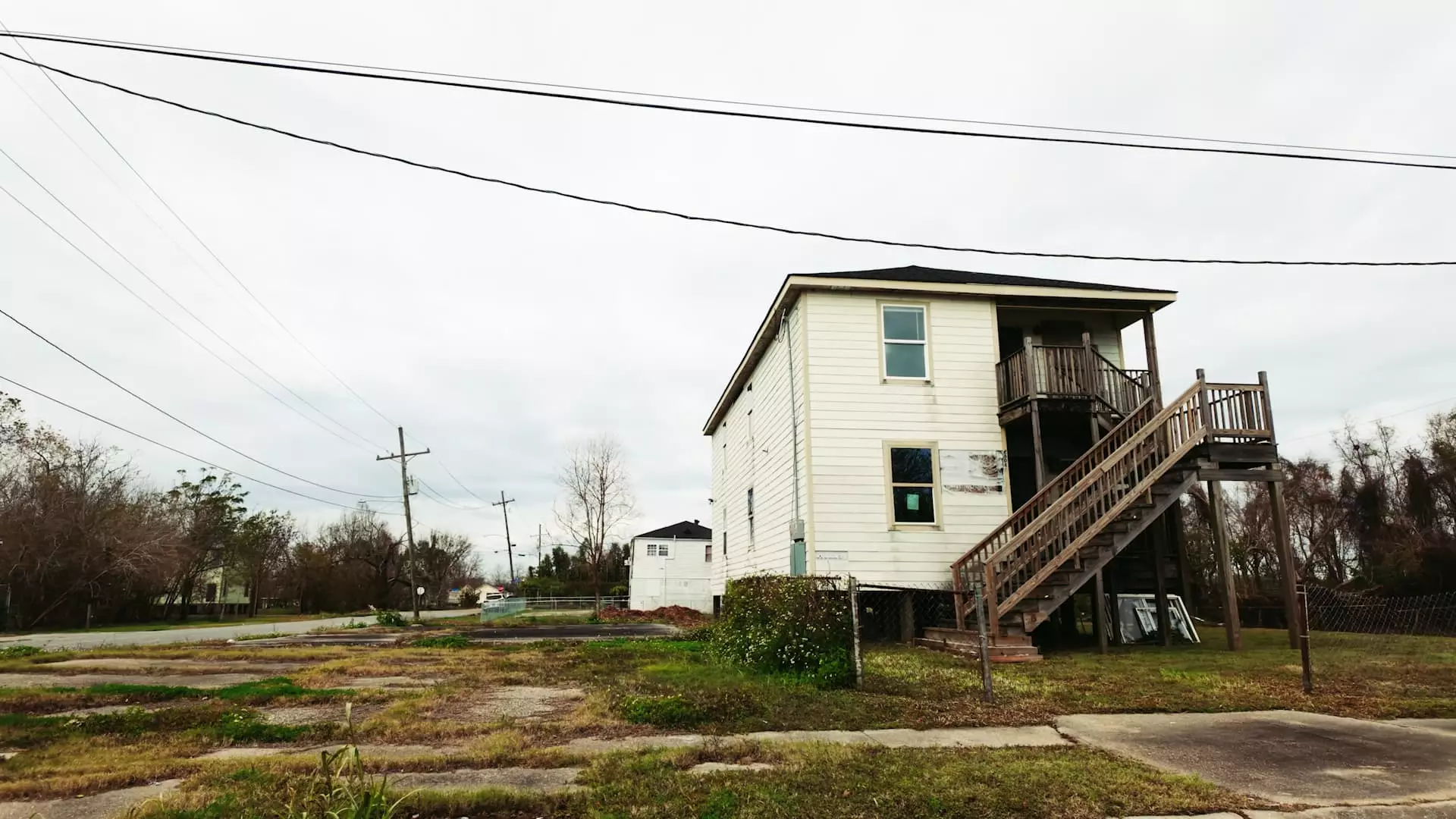The devastating impact of Hurricane Katrina in 2005 left an indelible mark on New Orleans that continues to shape the city two decades later. This catastrophic storm remains the costliest tropical cyclone in United States history, resulting in a tragic loss of over 1,800 lives and displacing millions of residents. The flooding that ensued destroyed countless homes—approximately one quarter of the city’s housing stock was obliterated or abandoned in its wake. The financial repercussions were staggering, with damages reaching an estimated $201.3 billion when adjusted for inflation. Today, New Orleans finds itself at a crossroads, working tirelessly to rebuild a community torn apart by disaster while grappling with the lasting consequences.
The Struggles of Homecoming
As New Orleanians began to return to their beleaguered city, the process of redevelopment brought both hope and challenge. Calvin Alexander, a longtime resident of the Lower Ninth Ward—one of the neighborhoods hardest hit by the hurricane—illustrates the paradox of this rebuilding effort. While property values surged, the reality remained that only a third of Lower Ninth Ward residents had returned home according to data analyzed by The Data Center. This slow return has not only impacted the community but has exacerbated financial strains on the local government, affecting service provision and infrastructure. Moreover, the overall population of the city remains below pre-Katrina figures, hindering recovery efforts.
The Surging Real Estate Market
In stark contrast to the struggles of returning residents, housing prices in certain areas of New Orleans have skyrocketed. Neighborhoods situated on higher ground, like Holy Cross, have seen property values surge dramatically. Over the last 18 years, Alexander has witnessed his home’s assessed value soar by approximately 266%. This extraordinary increase reflects a broader trend: average home prices across the New Orleans metro area have risen by nearly 71 percent. This boom in the housing market, however, raises questions surrounding affordability and equity, as those who are struggling to return often find themselves priced out of their own neighborhoods.
The federal and state responses to the catastrophe involved extensive financial outlays, with over $9 billion allocated to the Road Home Program aimed at compensating homeowners. Despite its noble intentions, the program faced significant criticism for its convoluted application process and inequitable outcomes that predominantly affected low-income residents. Laura Paul, executive director of lowernine.org, highlighted fundamental flaws in how compensation was determined, underscoring that pre-storm property values were favored over actual damages incurred. This methodology has left many families unable to secure sufficient funds for rebuilding, contributing to the broader issue of rising poverty rates—metrics that continue to exceed national averages.
The Ongoing Risk of Natural Disasters
Even as New Orleans invests heavily in restoration and infrastructure, significant vulnerabilities remain that threaten long-term stability. Current insurance models inadequately reflect the risks associated with residing in disaster-prone areas, particularly as the Treasury Department recently flagged soaring premiums for residents in states such as Louisiana. Furthermore, an estimated $15 billion was spent on rebuilding vital drainage systems and levees aimed at preventing future flooding. Yet, the irony persists; aspects of these engineered systems may inadvertently exacerbate land subsidence issues, complicating the long-standing battle against rising waters.
Despite the challenges, there lies a silver lining in New Orleans’ proactive efforts to enhance hurricane protection. Glenn Ledet of the Coastal Protection and Restoration Authority claims that for every dollar spent on hurricane protection projects, the city reaps approximately $7 in benefits. While critics remain skeptical, it is evident that these efforts contribute not only to safety but also to economic revitalization. As New Orleans sets ambitious plans to elevate thousands of homes in the coming years, the city’s resilience and commitment to recovery become increasingly clear.
New Orleans stands as a testament to resilience in the face of adversity. The journey since Hurricane Katrina highlights a struggle characterized by loss, recovery, and an unyielding spirit. As the city navigates the complexities of rebuilding while addressing economic disparities and environmental risks, it showcases a persistent dedication to not just surviving, but thriving. The path ahead may be fraught with challenges, yet the unwavering heart of New Orleans remains steadfast in its pursuit of a brighter and more equitable future.

